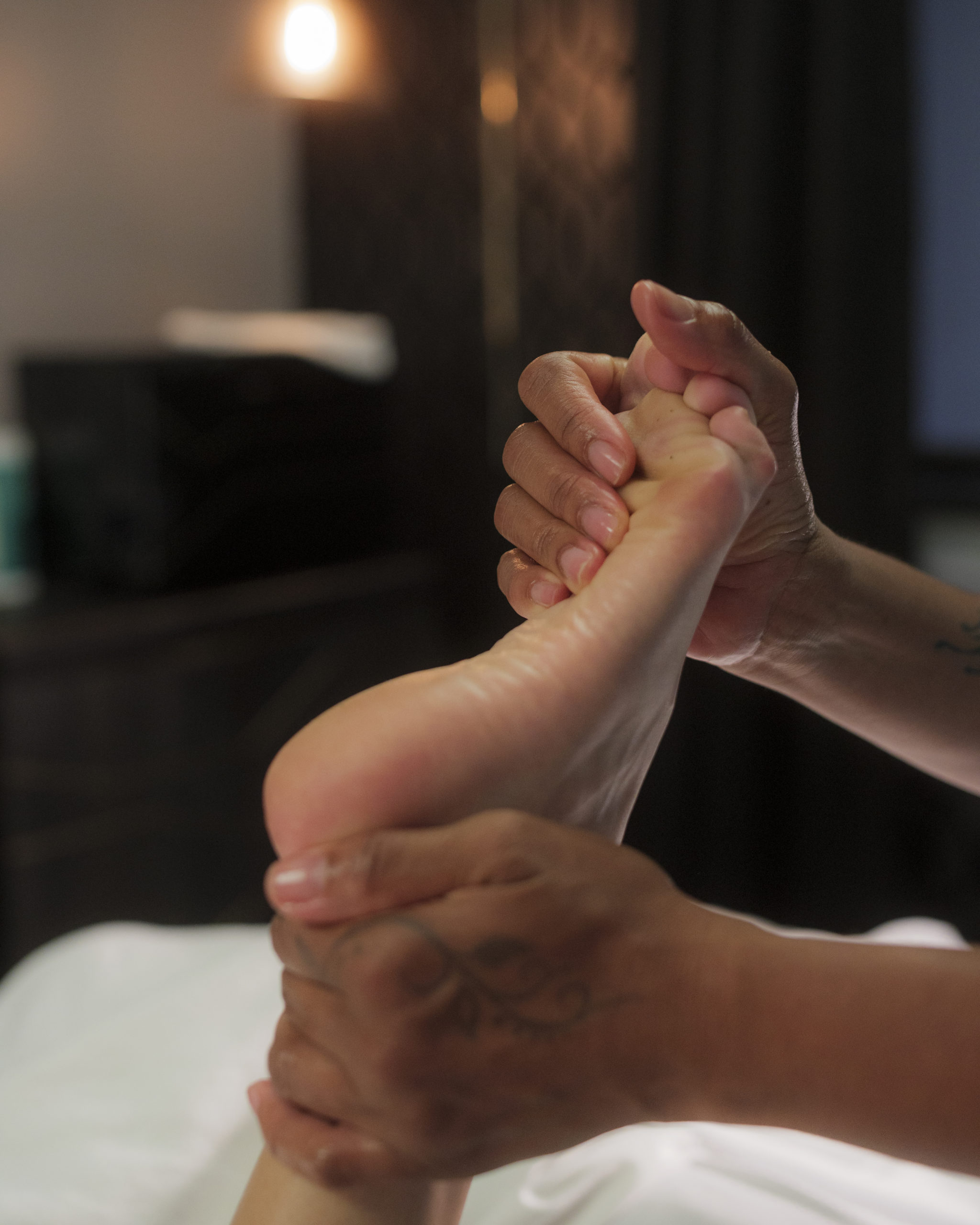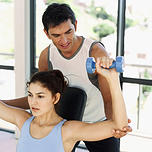Learn how massage can improve your life

Many years ago – in what seems like the Dark Ages, I was in school to become a registered massage therapist (RMT) in Ontario, Cananada and was taught a standard massage treatment for plantar fasciitis and runners. The massage therapy mostly focused on the foot. It involved stretching the plantar aspect of the client’s foot […]

The right strengthening and stretching program is important when preparing for a marathon. Strength training has been shown to improve running economy, prevent injuries, and improve body composition and resting metabolic rates. Strength training is particularly important for older runners. Endurance exercise, like running, does less to protect against age related loss of lean muscle […]